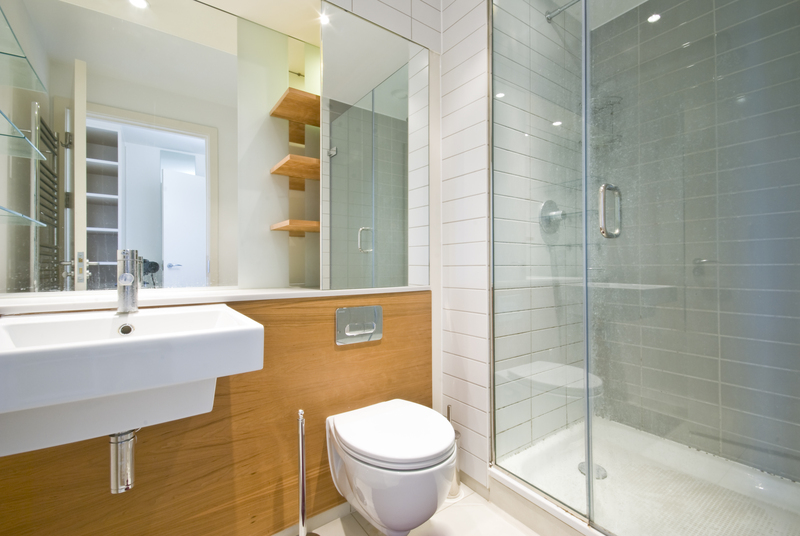DIY Window Cleaner: Ammonia Formula
Posted on 10/03/2025
Window cleaning is a household chore that many people dread, but it doesn't have to be complicated or expensive. Commercial window cleaners can contain harsh chemicals and often come with a hefty price tag. Instead, you can create an effective window cleaner at home using simple ingredients, with ammonia being a star player. In this article, we'll dive into how to create a DIY window cleaner with ammonia, discuss its pros and cons, and provide you with useful tips for the best results.
Why Choose Ammonia for Window Cleaning?
Ammonia is a potent cleaning agent known for its ability to cut through grease and grime. It's an excellent choice for cleaning glass surfaces, as it evaporates quickly, leaving behind a streak-free shine. Additionally, ammonia is cost-effective and readily available, making it a convenient option for DIY enthusiasts.

Ingredients for DIY Ammonia Window Cleaner
To create your own ammonia-based window cleaner, gather the following ingredients:
1. Ammonia: Choose clear, non-sudsy ammonia for best results.
2. Water: Distilled water is preferable as it doesn't contain minerals that can leave residue.
3. Rubbing Alcohol: This aids in the quick evaporation and additional cleaning power.
4. Dish Soap: A small amount helps to cut through grease without leaving streaks.
DIY Ammonia Window Cleaner Recipe
Here's a simple yet effective recipe for your ammonia window cleaner:
1. Ingredients:
- 1/2 cup of ammonia
- 1/2 cup of rubbing alcohol
- 1 teaspoon of dish soap
- 4 cups of water (preferably distilled)
2. Instructions:
- Mix all the ingredients together in a large spray bottle.
- Shake well to ensure the ingredients are thoroughly combined.
- Label your spray bottle clearly to avoid any mishaps.
Tips for Effective Window Cleaning
1. Choose the Right Time: Clean your windows on a cloudy day. Direct sunlight can cause the cleaner to dry too quickly, leaving streaks.
2. Proper Technique: Use a microfiber cloth or a squeegee to wipe the windows. Avoid using paper towels, as they can leave lint behind.
3. Work Top to Bottom: Start from the top of the window and work your way down to prevent drips and streaks.
4. Use a Secondary Cloth: Have a dry, lint-free cloth on hand to wipe away any excess cleaner or stubborn spots.
Pros and Cons of DIY Ammonia Window Cleaner
Pros
- Cost-Effective: Making your own cleaner is cheaper than buying commercial products.
- Customizable: You can adjust the formula to suit your cleaning needs.
- Streak-Free Shine: Ammonia evaporates quickly, reducing the chance of streaks.
- Powerful Cleaning: Effective at cutting through grime and grease.
Cons
- Strong Odor: Ammonia has a pungent smell that some might find unpleasant.
- Safety Concerns: Should be used in a well-ventilated area, and kept away from children and pets.
- Surface Limitation: Not suitable for certain surfaces like wood or those with protective coatings.

Takeaways
Creating your own DIY ammonia window cleaner is a practical, cost-effective solution for sparkling clean windows. While ammonia is powerful, it comes with some drawbacks, such as a strong odor and the need for careful handling. However, with the right tips and precautions, you can achieve professional-looking results with minimal expense.
Conclusion
DIY window cleaning using an ammonia-based formula is not only budget-friendly but also highly effective. With a few simple ingredients, you can create a powerful cleaner that leaves your windows streak-free and gleaming. Remember to follow our tips for the best results, and weigh the pros and cons to decide if this solution is right for you.
By taking a DIY approach, you can ensure a clean home environment while saving money and reducing exposure to harsh chemicals. So, mix up a batch of your own window cleaner and let those windows shine!









